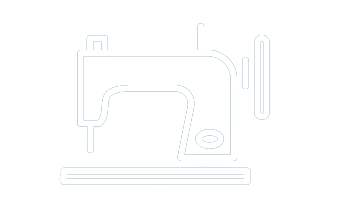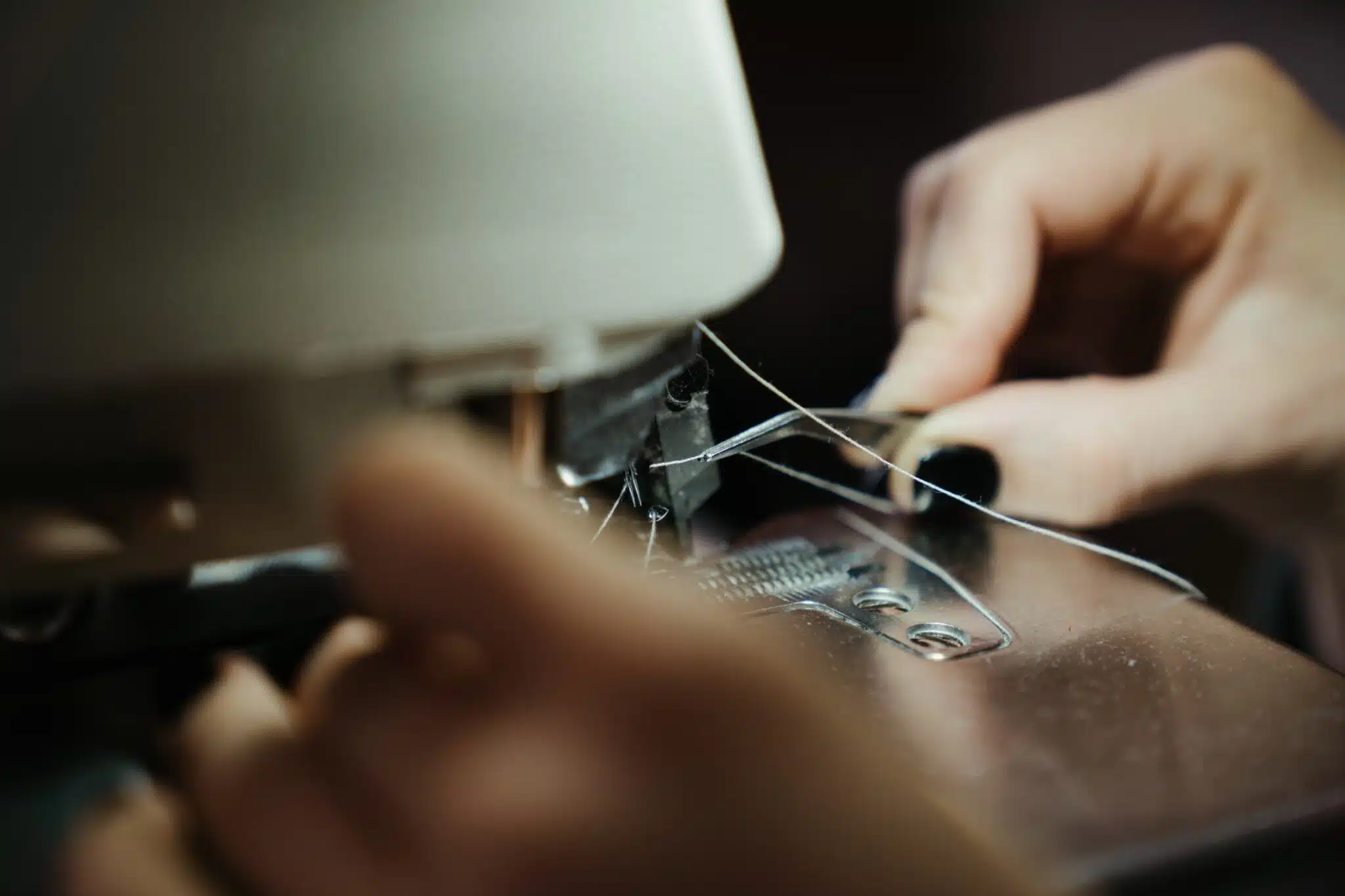How To Adjust Presser Foot Pressure On Brother Sewing Machine?
Presser foot pressure is a measure of the force exerted by the presser foot of a sewing machine on the fabric being sewn. The presser foot is part of the sewing machine that holds the fabric in place as it is being sewn, and it is typically adjustable in terms of the amount of pressure that it exerts on the fabric. The presser foot pressure is important because it affects the quality of the stitches and the overall appearance of the finished product.
Importance Of Adjusting Presser Foot Pressure
Adjusting the presser foot pressure is important in order to achieve consistent and high-quality stitches when sewing. The pressure that the presser foot exerts on the fabric can have a significant impact on the appearance and quality of the finished product.
By adjusting the presser foot pressure to the appropriate level for the fabric being used, you can ensure that the fabric is held securely in place while also allowing it to move smoothly through the machine. This can help to produce even, straight stitches and prevent issues such as puckering or uneven seams.
Common Problems
If the presser foot pressure is too high, it can cause the fabric to pucker, stretch or even break. This can lead to uneven or skipped stitches, which can weaken the overall structure of the garment or project.
On the other hand, if the pressure is too low, the fabric may not feed through the machine smoothly, causing loose or inconsistent stitches.
How To Adjust Presser Foot Pressure On Brother Sewing Machine?
Here are the general steps for adjusting the presser foot pressure on a Brother sewing machine:
- Locate the presser foot pressure adjustment dial on your Brother sewing machine. This is usually located on the top of the machine near the presser foot.
- Turn on your sewing machine and sew a few stitches on a scrap piece of fabric. This will give you an idea of whether the presser foot pressure needs to be adjusted.
- Adjust the dial to increase or decrease the presser foot pressure. If the stitches look loose or uneven, try increasing the pressure by turning the dial to the right. If the fabric is puckering or the stitches are too tight, try decreasing the pressure by turning the dial to the left.
- Sew a few more stitches on the scrap fabric and check the results. If the stitches are still not to your liking, continue adjusting the presser foot pressure until you achieve the desired results.
- Once you have adjusted the presser foot pressure, make sure to test it on the actual fabric you will be sewing to ensure the results are consistent.
It is important to note that the specific steps for adjusting the presser foot pressure may vary depending on the model of your Brother sewing machine. Be sure to consult your sewing machine manual for specific instructions and recommendations for your machine.
Tips For Adjusting Presser Foot Pressure
- Start with the manufacturer’s recommended pressure settings for the type of fabric you are working with. Consult your sewing machine manual for the recommended pressure settings. This will provide a good baseline to start with, and you can make adjustments as needed.
- Identify the adjustable screw as most sewing machines have an adjustable screw on the back of the machine that can be used to adjust the presser foot pressure.
- Increase or decrease the pressure. By turning the screw in a clockwise direction, the pressure will be increased. To decrease the pressure, turn the screw counterclockwise.
- Test the pressure after making the adjustments, test the presser foot pressure by stitching a few lines of fabric. If the pressure is too light, repeat the adjustment steps. If the pressure is too heavy, repeat the adjustment steps.
Remember that adjusting the presser foot pressure is a process that may require some trial and error. With practice and experimentation, you can learn to adjust the pressure to achieve the best possible stitch quality for your sewing projects.
Conclusion
Maintaining a Singer sewing machine with regular oiling is important for ensuring optimal performance and longevity. When done correctly, oiling a Singer sewing machine is a quick and easy process that will help keep your machine running smoothly.

